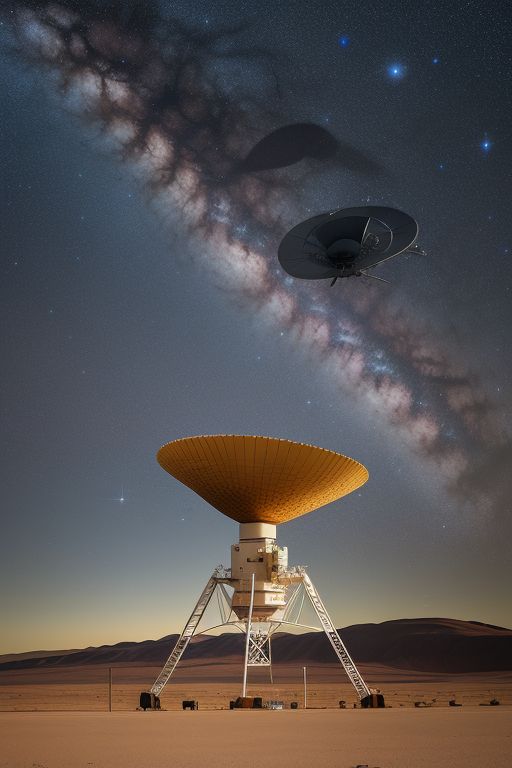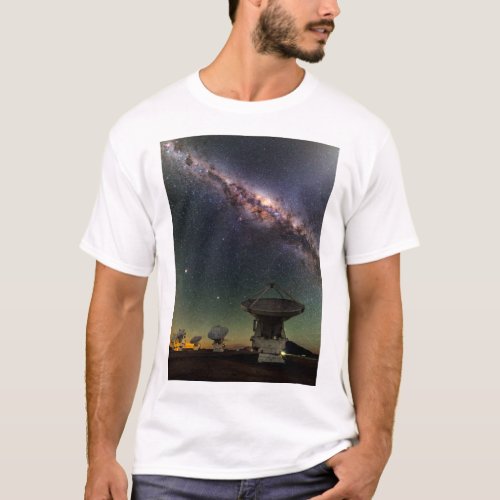
Tee shirt showcasing a Radio Telescope with the Milky Way shining above The Atacama Large Millimeter/submillimeter Array
Milky Way, Gift, Atacama, Radio Telescope, space Buffs

Tee shirt showcasing a Radio Telescope with the Milky Way shining above The Atacama Large Millimeter/submillimeter Array
Milky Way, Gift, Atacama, Radio Telescope, space Buffs

Tee shirt with an image of a Radio Telescope and the Milky Way above The Atacama Large Millimeter/submillimeter Array
Read More